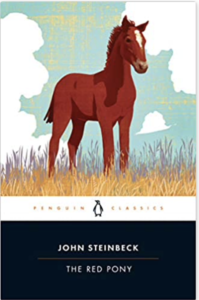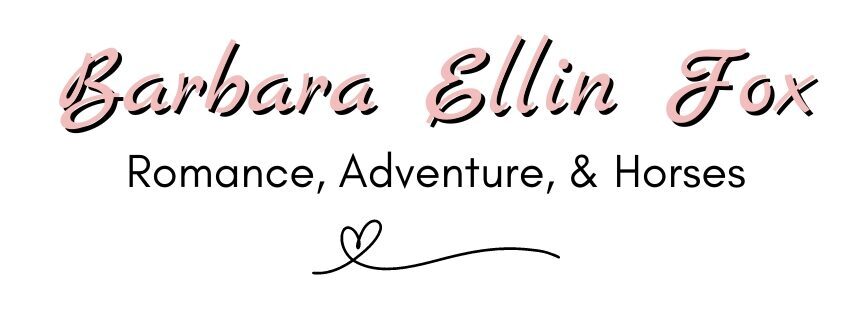As a child, my first horse’s name was Red. The name held no great imagination, but that was his name when my dad bought him. He was a bright chestnut with a flaxen mane and tail. He had a fiery temperament and a brilliant color. We had adventures together that exceeded where I would have gone without him. He set a standard in my mind.
I love writing contests. Every critique, even the painful ones, holds a kernel of suggestion for thought. I agree we should take seriously any comment made by two or more two or more judges. This is usually a wise decision. Sometimes it’s not.
One of my stories has a chestnut Arabian stallion blazing around a racetrack in Dubais. He outclasses every other horse on the track and is ready for more after the race. It was no stretch of imagination for me to refer to him as a brilliant red stallion. Red was a term I’d heard repeatedly to describe a horse color. You can imagine my surprise when several judges objected to my description. Horses are not red, they said.
My sarcastic inner editor replied non-verbally, neither are red-heads red.
Red has been used to describe chestnut horses both in real life and in literature.
Life Examples
My hero horse was Man O’ War. Born in 1917, this amazing horse won 20 out of 21 races. He beat the competition so soundly that owners refused to race their horses against him. Man O’ War set world records winning races by 20 and 25 lengths, beating a horse named Hoodwinked by 100. Man O’ War was considered the greatest racehorse of the twentieth century. He gave the war-weary public a hero, and they visited him by the droves. Man O’ War was also a champion breeding stallion and today most American racehorses have Man O’ War in their pedigrees. His groom called him Red, and the sportscasters called him Big Red. (read more about Man O’ War)
1970 brought another chestnut Thoroughbred racehorse. The next Big Red. Secretariat won the Triple Crown with the fastest time in history. He won the Belmont Stakes by 31 lengths. Secretariat sired just under 600 foals. Some were stakes winners, but he did not sire the champion horses to equal Man O’ War’s offspring. Secretariat was one of the greatest racehorses to have ever lived. Both Big Reds have their diehard fans, and they will never settle the argument over which Big Red was the best horse. (Read more about Secretariat)
What about the color red for a horse in literature?
In 1933, American author John Steinbeck wrote The Red Pony. Between
1933-1936, magazines printed the first three chapters. Then in 1937, Viking Press published the book. The Red Pony was made into a movie in
1949 starring Myrna Loy and Robert Mitchum.Made for TV in1973 The Red Pony starred Henry Fonda, Maureen O’Hara,
and Ben Johnson.
The historic novel, The Blood Red Horse, written by K.M. Grant is the story of a boy and his red horse during the Third Crusade. Besides several other awards, The Blood Red Horse was voted Best Children’s Book of 2005.
My final evidence for red being a legit term when referring to a horse is the four horsemen of the apocalypse. Depending on which translation of the Bible a person reads, Revelation 6:4 refers to a bright red, a fiery red horse, or a red horse.
So I stand on the word red being an appropriate description for a fiery chestnut horse, a certain horse that generates excitement and imagination. My proof? Three red horses in life and three red horses in literature.
What’s the Point?
The lesson here is not really about the color of a horse. It’s about rules and opinions. As a general rule, I look hard when two people make the same suggestion. In this, even when I believed my critics were wrong, I considered their words and validated my stand. Writing fiction is subjective and authors experience a variety of opinions in critiques and from fans. Never be afraid to look at something from another person’s viewpoint, but don’t be afraid to stick to your guns, either.
What about you? Has anyone ever criticized your writing for something you knew was right? What did you do? I’d love to read your thoughts.
Thanks for reading about red horses!
Barbara Ellin Fox
